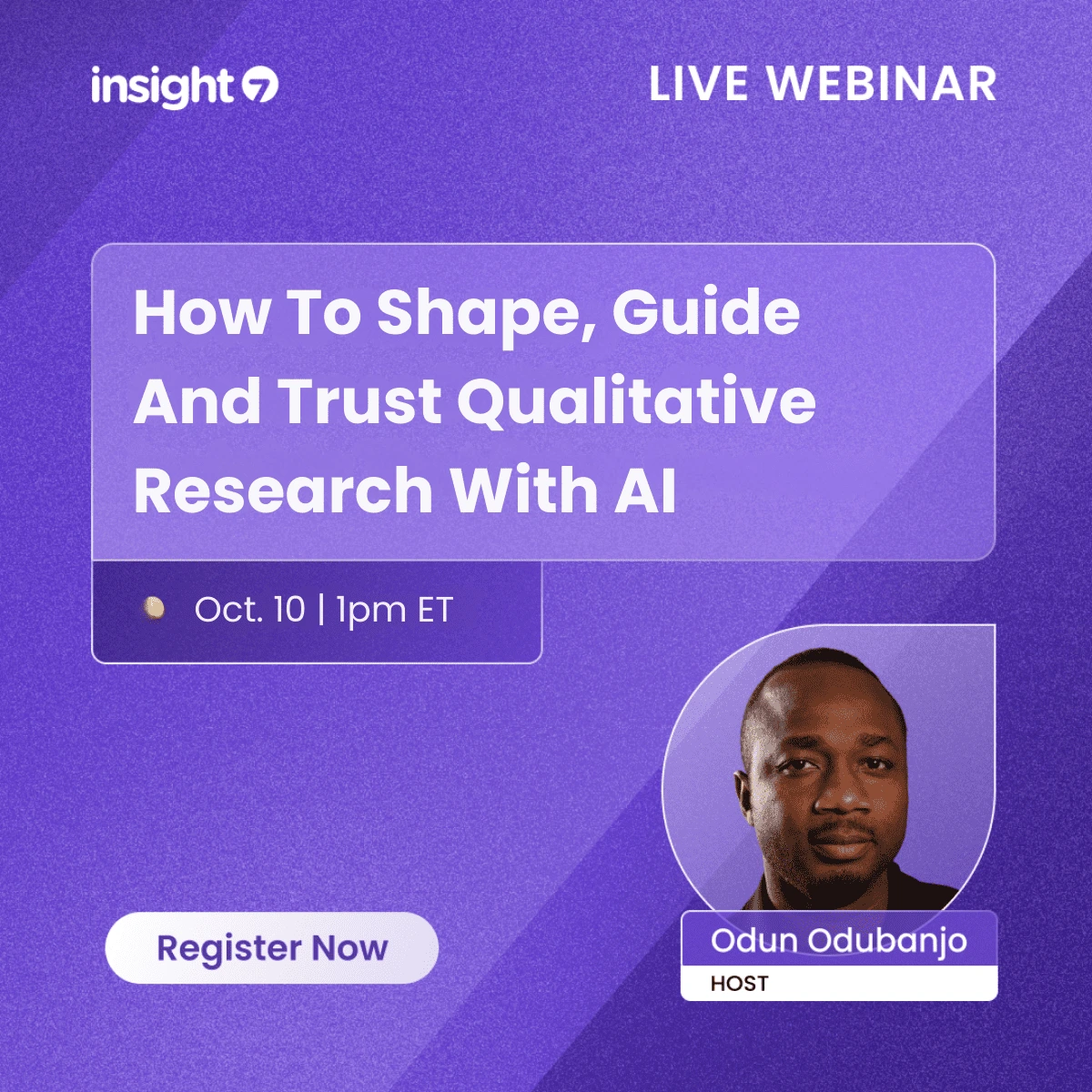Call Center Data Analysis: Spotting Trends Before They Escalate
-
Bella Williams
- 10 min read
Call center data analysis is a critical function that empowers organizations to proactively identify trends and issues before they escalate into larger problems. This guide explores the key benefits of effective data analysis, including improved customer satisfaction, reduced operational costs, and enhanced decision-making. Readers will learn about the methodologies, tools, and best practices that can transform their call center operations from reactive to proactive.
The Role of Call Center Data Analysis in Modern Customer Service
In today’s competitive business landscape, the ability to analyze call center data has become essential for organizations striving to deliver exceptional customer experiences.
Data analysis allows companies to:
- Identify emerging trends: Spot patterns in customer interactions that could indicate larger issues.
- Enhance customer satisfaction: Understand customer sentiment and improve service delivery.
- Streamline operations: Optimize resources by predicting call volumes and staffing needs.
This approach shifts traditional call center operations from reactive problem-solving to proactive trend identification, allowing teams to address issues before they escalate.
Understanding Call Center Data Analysis: Core Concepts
Call center data analysis involves the systematic examination of data collected from customer interactions to uncover insights and trends. This approach differs from traditional methods that often focus on historical data analysis, allowing organizations to anticipate future needs and behaviors.
Core Capabilities: This approach enables organizations to:
- Predict customer behavior: Anticipate potential issues based on historical data.
- Improve service quality: Identify training needs for agents based on performance metrics.
- Optimize resource allocation: Manage staffing levels based on predicted call volumes.
Strategic Value: By leveraging data analysis, organizations can make informed decisions that align with customer needs and business objectives.
Why Are Organizations Investing in Call Center Data Analysis?
Context Setting: As customer expectations rise, organizations are moving away from outdated practices that fail to capture the nuances of customer interactions.
Key Drivers:
- Increased competition: Businesses must differentiate themselves through superior service.
- Demand for real-time insights: The ability to respond quickly to customer needs can significantly impact satisfaction and loyalty.
- Enhanced personalization: Tailoring interactions based on data leads to improved customer experiences.
- Operational efficiency: Proactively addressing issues can lead to significant cost savings.
Data Foundation for Call Center Data Analysis
Foundation Statement: A robust data foundation is essential for building reliable analytical models that drive decision-making.
Data Sources: A multi-modal approach enhances accuracy and insight generation:
- Call recordings: Analyze customer-agent interactions for sentiment and tone.
- CRM data: Leverage historical customer information for personalized service.
- Surveys and feedback: Collect direct insights from customers about their experiences.
- Social media interactions: Monitor brand sentiment and customer feedback across platforms.
- Workforce management data: Analyze agent performance and staffing efficiency.
Accuracy Benefit: A comprehensive data approach leads to more accurate predictions and better outcomes for customer service.
Key Components of a Call Center Data Analysis Stack
Stack Overview: Understanding the critical layers of the data analysis stack is crucial for effective implementation.
Component Descriptions:
- Data Collection Module: Gathers data from various sources, including calls, emails, and chats.
- Data Processing Engine: Transforms raw data into usable formats for analysis.
- Analytics Engine: Identifies patterns and trends within the data.
- Machine Learning Component: Learns from historical data to improve predictive capabilities.
- Reporting and Visualization Tools: Delivers insights through dashboards and reports for easy interpretation.
Quality Emphasis: Ensuring data quality and interpretability is essential for accurate analysis and decision-making.
Success Dependency: The effectiveness of the analysis relies heavily on the quality of input data and the algorithms used.
How Does Call Center Data Analysis Work Step by Step?
Step 1: Data Collection
Collect data from various sources, including call recordings, CRM systems, and customer feedback surveys.
Step 2: Data Processing
Transform and clean the collected data to ensure accuracy and consistency for analysis.
Step 3: Pattern Identification
Utilize analytical tools to identify trends and patterns in customer interactions, such as:
- Customer sentiment analysis
- Frequent issues or inquiries
- Agent performance metrics
Step 4: Historical Data Training
Use historical data to train machine learning models for improved future predictions.
Step 5: Real-time Processing
Implement real-time data processing to allow for immediate insights and recommendations.
Step 6: Insight Delivery
Deliver actionable insights to stakeholders through dashboards and reports, including:
- Call volume forecasts
- Customer satisfaction scores
- Agent performance insights
Call Center Data Analysis Application Areas and Use Cases
Use Case 1: Predicting Customer Churn
- Prediction Method: Analyze call history and customer sentiment scores.
- Recommended Action: Implement targeted retention strategies for at-risk customers.
Use Case 2: Identifying Training Needs
- Analysis Approach: Evaluate agent performance metrics and customer feedback.
- Follow-up Action: Schedule training sessions for agents based on identified gaps.
Use Case 3: Proactive Issue Resolution
- Identification Method: Monitor call trends for recurring issues.
- Proactive Scheduling: Allocate resources to address common problems before they escalate.
Use Case 4: Optimizing Staffing Levels
- Forecasting Approach: Use historical data to predict peak call times.
- Optimization Action: Adjust staffing schedules to meet anticipated demand.
Use Case 5: Enhancing Customer Experience
- Method Description: Leverage data to personalize customer interactions.
- Resulting Action/Benefit: Increased customer satisfaction and loyalty.
Platform and Tool Selection for Call Center Data Analysis
Selecting the right platform is crucial for effective data analysis.
Comparison Table:
| Feature | Insight7 | Traditional Alternative |
|---|---|---|
| Real-time analytics | Yes | Limited |
| Integration capabilities | Extensive | Basic |
| Machine learning support | Advanced | Minimal |
| User-friendly interface | Intuitive | Complex |
| Reporting features | Comprehensive | Basic |
Common Pitfalls in Call Center Data Analysis Implementation
Context Warning: Many organizations face challenges when implementing data analysis strategies.
Major Pitfalls:
- Data Silos: Lack of integration between systems can lead to incomplete insights.
- Resistance to Change: Stakeholders may be hesitant to adopt new processes.
- Inadequate Training: Insufficient training for staff on new tools can hinder effectiveness.
- Poor Data Quality: Inaccurate or incomplete data can lead to misguided decisions.
Success Foundation: Avoiding these pitfalls requires a well-defined strategy and commitment to data quality.
How Do You Get Started with Insight7?
Step 1: Integration Setup
Ensure compatibility with existing systems and platforms.
Step 2: Data Synchronization
Establish processes for syncing data across various sources.
Step 3: Configuration Options
Customize settings to align with organizational needs and goals.
Step 4: Training Process
Utilize historical data to train staff on effective use of the tool.
Step 5: Customization for Stakeholders
Tailor dashboards and reports to meet the needs of different teams.
Step 6: Ongoing Optimization
Regularly review and refine processes based on performance metrics.
Optimal Call Center Data Analysis Configuration and Setup
ROI Optimization: Maximize return on investment through strategic implementation.
Best Practices:
- Data Diversity: Incorporate various data sources for richer insights.
- Stakeholder Involvement: Engage all relevant teams in the analysis process.
- Historical Data Utilization: Leverage past data to inform future strategies.
- Regular Review Cadence: Schedule periodic assessments of performance.
- Automation Integration: Utilize automation to streamline processes.
Building a Call Center Data Analysis Strategy That Scales
A scalable strategy requires cross-functional alignment and collaboration.
Organizations must define:
- Common goals: Agree on objectives across teams.
- Data types: Identify diverse data sources that enhance models.
- Feedback loops: Implement systems for ongoing learning and improvement.
Call Center Data Analysis Benchmarks and Success Metrics
Evaluation Framework: Establish clear benchmarks to measure the impact of data analysis initiatives.
Core Metrics:
- Customer Satisfaction Score (CSAT): Measures customer satisfaction with service.
- First Call Resolution Rate (FCRR): Indicates efficiency in resolving issues on the first contact.
- Average Handle Time (AHT): Measures the average time spent on customer interactions.
- Agent Utilization Rate: Assesses how effectively agents are used during shifts.
- Churn Rate: Tracks the percentage of customers who stop using the service.
Universal Principle: The key to success is using data to drive better decision-making and actions.
Frequently Asked Questions
Q: What is call center data analysis?
A: Call center data analysis involves examining data from customer interactions to identify trends and improve service.
Q: How does it differ from traditional methods?
A: Traditional methods often focus on historical data analysis, while data analysis looks forward to predict future trends.
Q: What platforms are compatible with call center data analysis tools?
A: Many tools integrate with CRM systems, workforce management software, and communication platforms.
Q: What data is required for effective analysis?
A: Ideal data sources include call recordings, CRM data, customer feedback, and social media interactions.
Q: How long does implementation take?
A: Implementation speed varies but can take weeks to months, depending on the complexity of the system.
Q: What security measures are in place?
A: Platforms should comply with industry standards for data security and privacy.
Q: What are some common challenges in implementation?
A: Organizations often face issues like data silos, resistance to change, and inadequate training.
Conclusion
Call center data analysis is essential for organizations looking to enhance customer experiences and improve operational efficiency. By leveraging the right tools and strategies, businesses can proactively address trends and issues, leading to measurable outcomes and sustained growth.
Tool Recommendation: Selecting the right platform is crucial for achieving success in call center data analysis, enabling teams to make informed decisions that drive customer satisfaction and business performance.







